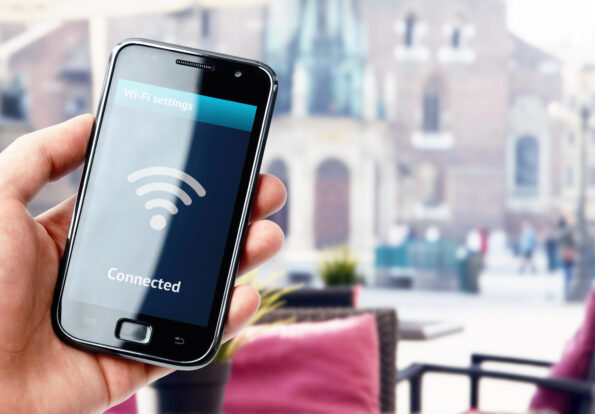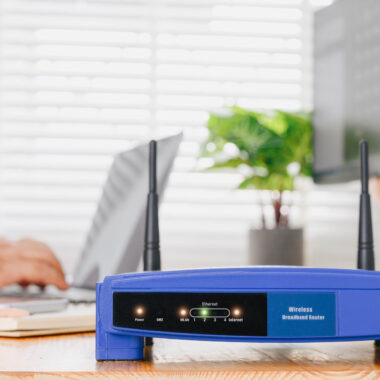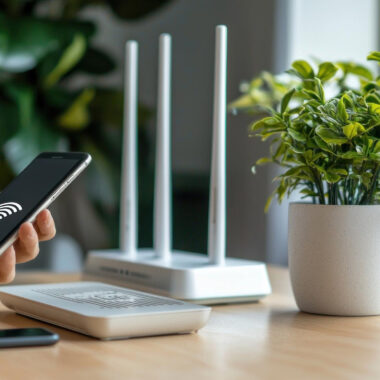
In the fast-paced world of event planning, seamless connectivity is no longer a luxury, it’s a necessity. Yet, many event organizers find themselves wasting time and budget on tech tools that don’t integrate properly. Imagine having multiple systems, each performing well in isolation, but none communicating with each other. It’s frustrating, costly, and can severely hinder your event’s success. But there’s good news: It doesn’t have to be this way. You can streamline your IT stack, ensuring your event’s Wi-Fi runs smoothly and your tools work in harmony.
In this blog, we’ll walk you through how to build an IT stack that works together and how choosing the right event Wi-Fi services can save you time, money, and headaches. We’ll also explore how to manage temporary Wi-Fi for events cost without compromising on quality.
Why an Integrated IT Stack Matters
Picture this: You’re hosting a major conference with hundreds of attendees. You’ve arranged for temporary Wi-Fi for events, a set of collaboration tools for your speakers, and systems to manage ticketing and registration. However, when the time comes, attendees are unable to access the Wi-Fi because your registration system hasn’t been properly linked to the Wi-Fi service. The result? A chaotic experience for your guests, complaints flooding in, and a whole lot of wasted budget.
This is a common pain point that many event organizers face when their IT stack isn’t well integrated. An integrated IT stack allows different systems to share data in real-time, making your event run smoother, more efficiently, and without unnecessary stress.
The Cost of Not Integrating Your Tools
If you’re using disparate tools that don’t communicate with one another, you’re essentially leaving money on the table. Each tool requires its own set of configurations, management, and monitoring, leading to:
- Increased costs due to inefficiencies.
- Delayed problem-solving when things don’t work as expected.
- A fragmented experience for your event attendees, leading to lower satisfaction.
When it comes to temporary Wi-Fi for events cost, paying for multiple disconnected systems only adds to your overhead. Why pay for tools that don’t work together, when you can streamline your technology stack for better efficiency and cost savings?
How to Integrate Your IT Stack
Building a cohesive IT stack is not just about choosing the right tools, it’s about choosing tools that can communicate with each other. Here’s how you can get started:
- Prioritize Integration: The first step is to ensure all your systems are compatible. Whether it’s your event Wi-Fi services, ticketing platform, or speaker management software, they should be able to work together without manual intervention. Tools with open APIs or pre-built integrations can make this process much easier.
- Choose Scalable Solutions: Think long-term. When your event grows, your IT stack should be able to scale. Look for services that allow you to add new features or expand your infrastructure without starting from scratch.
- Test Your Systems: Before going live, ensure all your tools are properly integrated. This means doing dry runs with all your key systems, Wi-Fi, registration, and other event tools to make sure they’re communicating effectively.
- Focus on Security: Integrated systems should come with robust security features to protect your data and your guests’ privacy. Ensure that your systems are compliant with industry standards for secure transactions and data handling.
How to Reduce Temporary Wi-Fi for Events Cost Without Sacrificing Quality
One of the most significant costs when hosting events is Wi-Fi. Providing reliable internet is essential for attendees, but it doesn’t have to drain your budget. Here’s how you can cut down on costs without cutting corners:
- Know Your Needs: Understand exactly how much bandwidth your event requires. Over-providing can lead to unnecessary costs. Talk to your event Wi-Fi services provider and tailor the solution to your specific needs.
- Negotiate Packages: Some providers offer packages based on usage. If your event has fewer attendees or a smaller footprint, you may not need the highest-tier plan. Ask about customized packages that suit your requirements.
- Opt for Long-Term Relationships: If you’re hosting multiple events throughout the year, consider forming a long-term relationship with a provider. Many companies offer discounts for repeat business.
By carefully managing your Wi-Fi services and considering both performance and cost, you can get the best value for your investment.
The Role of IT Strategy & Consultancy in Event Success
Building an effective IT stack is no easy task. That’s where IT Strategy & Consultancy comes in. Expert consultants can help you design a technology strategy that aligns with your event goals, choosing the right tools, and ensuring that your stack is optimized for both performance and budget.
Working with a consultant ensures you’re not left in the dark when it comes to system integration, connectivity, and scaling. They can also help identify potential risks, such as security vulnerabilities or performance bottlenecks, and propose solutions before they become a problem.
Take Action: Streamline Your Event Tech Today
The technology you choose can make or break your event. If you’re still using a fragmented IT stack that’s wasting your budget and causing unnecessary complications, it’s time for a change. Start by integrating your systems, focusing on cost-effective solutions, and consulting with experts to ensure your event’s tech is optimized for success.
Ready to optimize your event’s tech stack and save money on temporary Wi-Fi for events cost? Contact us today to learn how our event Wi-Fi services can streamline your connectivity and make your next event a seamless success. Let’s build the IT stack that works for you, not against you.










